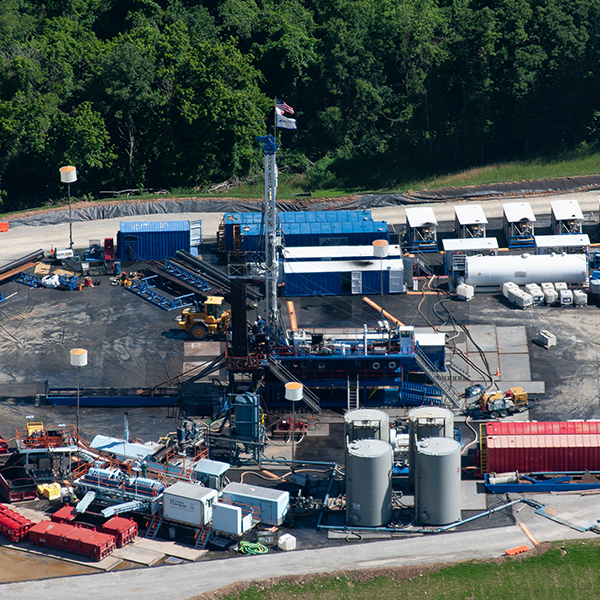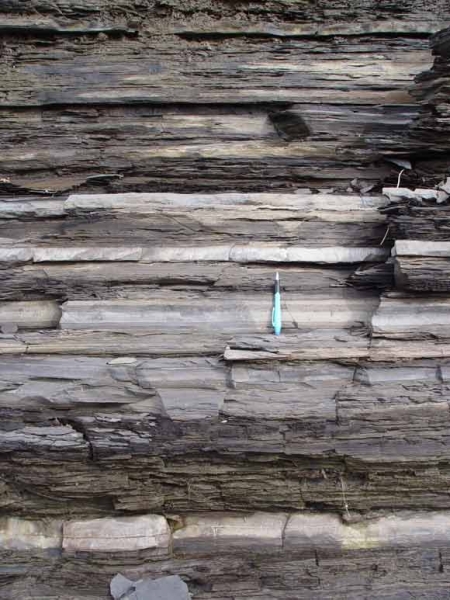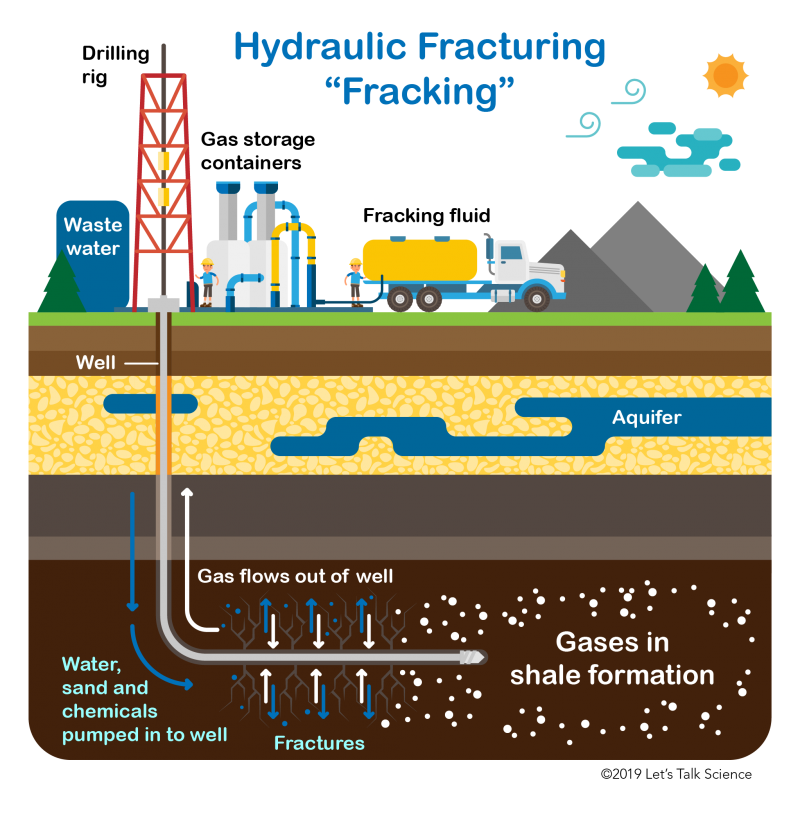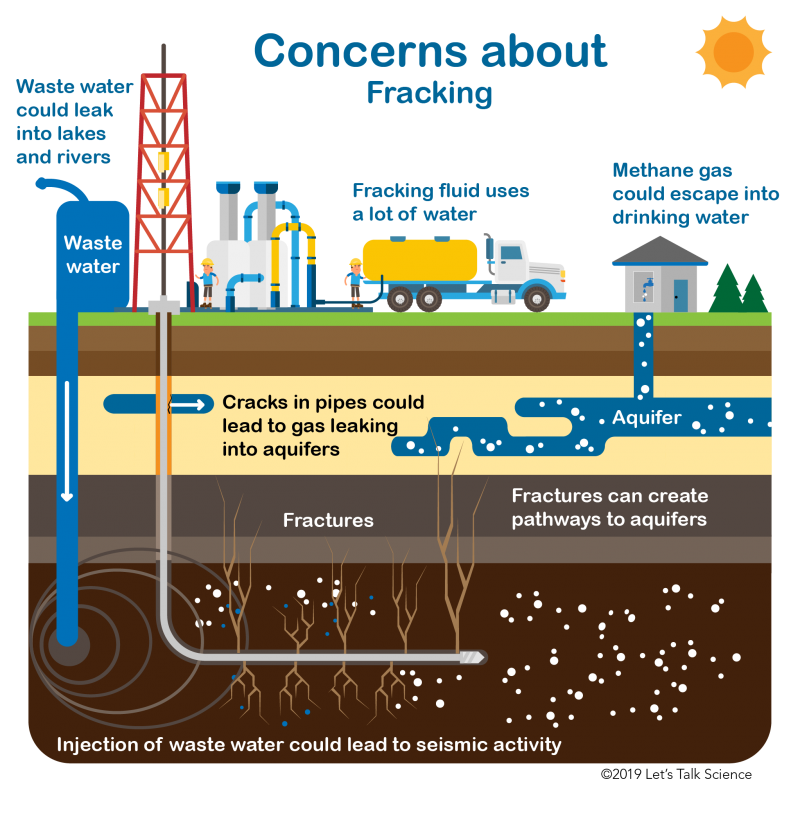What is Fracking?

Aerial of Gas well Marcellus Shale Formation in northern West Virginia (6381380, iStockphoto)

Aerial of Gas well Marcellus Shale Formation in northern West Virginia (6381380, iStockphoto)
7.60
How does this align with my curriculum?
Curriculum Alignment
NU
11
Science 24 (Alberta, 2003, Updated 2014)
Unit B: Understanding Common Energy Conversion Systems
ON
11
Environmental Science, Grade 11, University/College (SVN3M)
Strand B: Scientific solutions to Contemporary environmental Challenges
NT
11
Science 24 (Alberta, 2003, Updated 2014)
Unit B: Understanding Common Energy Conversion Systems
AB
5
Science 5 (2023)
Energy: Understandings of the physical world are deepened by investigating matter and energy.
AB
6
Science 6 (2023)
Energy: Understandings of the physical world are deepened by investigating matter and energy.
AB
8
Knowledge and Employability Science 8, 9 (revised 2009)
Unit E: Freshwater and Saltwater Systems
BC
11
Science for Citizens 11 (June 2018)
Big Idea: Scientific understanding enables humans to respond and adapt to changes locally and globally.
BC
12
Environmental Science 12 (June 2018)
Big Idea: Human actions affect the quality of water and its ability to sustain life.
NS
7
Science Grade 7 (2020)
Learners will analyse particle theory in relation to substances in environments
NU
8
Knowledge and Employability Science 8 (Alberta, Revised 2009)
Unit E: Freshwater and Saltwater Systems
ON
11
Environmental Science, Grade 11, University/College (SVN3M)
Strand C: Human Health and the environment
YT
12
Environmental Science 12 (British Columbia, June 2018)
Big Idea: Human actions affect the quality of water and its ability to sustain life.
YT
11
Science for Citizens 11 (British Columbia, June 2018)
Big Idea: Scientific understanding enables humans to respond and adapt to changes locally and globally.
NT
8
Knowledge and Employability Science 8 (Alberta, Revised 2009)
Unit E: Freshwater and Saltwater Systems
ON
11
Environmental Science, Grade 11, Workplace (SVN3E)
Strand E: Natural Resource science and Management
BC
11
Earth Sciences 11 (June 2018
Big Idea: Earth materials are changed as they cycle through the geosphere and are used as resources, with economic and environmental implications.
BC
12
Geology 12 (June 2018)
Big Idea: Minerals, rocks, and earth materials form in response to conditions within and on the Earth’s surface and are the foundation of many resource-based industries.
YT
11
Earth Sciences 11 (British Columbia, June 2018
Big Idea: Earth materials are changed as they cycle through the geosphere and are used as resources, with economic and environmental implications.
YT
12
Geology 12 (British Columbia, June 2018)
Big Idea: Minerals, rocks, and earth materials form in response to conditions within and on the Earth’s surface and are the foundation of many resource-based industries.
BC
8
Science Grade 8 (June 2016)
Big Idea: The theory of plate tectonics is the unifying theory that explains Earth’s geological processes.
BC
11
Earth Sciences 11 (June 2018
Big Idea: Plate Tectonic Theory explains the consequences of tectonic plate interactions.
BC
12
Geology 12 (June 2018)
Big Idea: The plate tectonic theory explains the changes that occur within Earth and to Earth’s crust throughout geological time.
YT
11
Earth Sciences 11 (British Columbia, June 2018
Big Idea: Plate Tectonic Theory explains the consequences of tectonic plate interactions.
YT
12
Geology 12 (British Columbia, June 2018)
Big Idea: The plate tectonic theory explains the changes that occur within Earth and to Earth’s crust throughout geological time.


